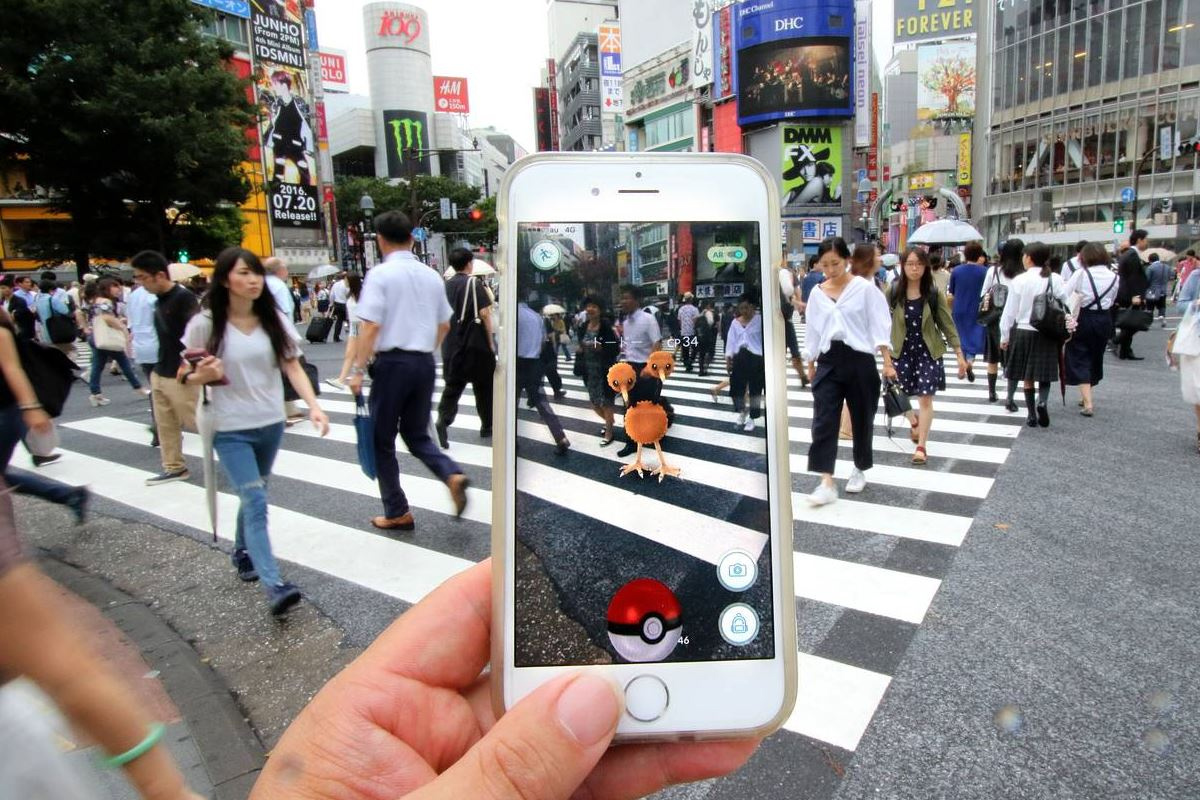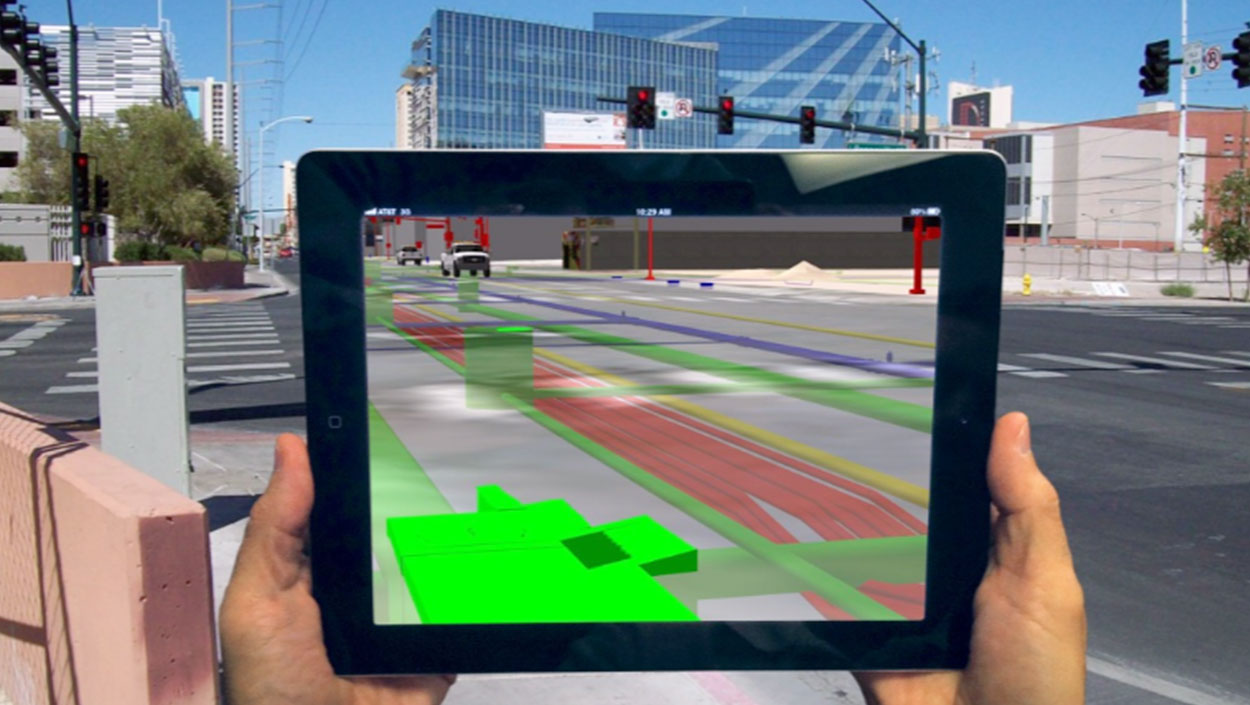If you have no idea what Pokemon Go is, it’s safe to assume you’ve been living under a rock – and if so, it’s time to crawl out.
As potential disruptive technologies surface our industry can’t afford to have our head in the sand – it’s time to be alert and reactive if we’re to stay competitive.
So, if you’re busy telling your kids to stop obsessing over the game, or judging those adults who are doing the same – you may want to be a little more open minded and consider if you’ve got something to learn from them… because what you really should be thinking is what does it mean for my current business model?
So what’s this Pokemon Go all about?
An augmented reality (AR) game from The Pokemon Company, Nintendo and Niantic Labs launched earlier this month, the game centres around a real world map that now has millions of people wandering around with their noses in their phones excitingly chasing virtual monsters across the countryside.

And while many are fully engaged with the technology, most of us consider it a complete waste of time, but is it?
Downloaded by over 15 million people in its first week, it has now amassed over 21 million active users generating the software developers around NZ $2.3 million a day from Apple devices alone – in fact, in the time it’ll take you to read this article it’s estimated an additional 24,000 odd people would have downloaded the game for a $55,000 profit. Not bad for five minutes work.
A glimpse into the future
From a base level, local marketing potential off the back of this game is quite an interesting concept to ponder – with users now spending more time in the Pokemon Go app than in any other social media platform. Now that SnapChat, Twitter and Facebook are no longer the front runners, understanding how you can leverage Pokemon Go is where clever businesses are profiting and even improving market awareness.
Rogue & Vagabond Bar in Central Wellington have tapped into the game investing in luring Pokemon to their bar – and in turn punters looking for them. Admittedly, this concept seems a bit too far-fetched for professional engineering establishments to consider doing, but it certainly gives food for thought on how this model could be manipulated to benefit us in a better way – perhaps attracting younger people to the industry, connecting with apprentices or launching a special on services or products? It’s certainly a marketing gateway that we shouldn’t underestimate, particularly if a youthful demographic is who we’re chasing.
But, perhaps the true value the metals industry can glean from this phenomenon is not connecting with Pokemon chasing players, but more so its success in making AR technology mainstream to the public.
Augmented reality in engineering
The view of a physical real world setting combined with computer generated graphics is becoming more common place for users of portable electronic devices – so with this in mind it’s not too unrealistic to think that in the future it could be an expectation in day to day business versus a novelty. In fact we’re already seeing the proliferation of this with Westpac Bank recently launching the first AR reality banking app in New Zealand allowing users to instantly see their recent transactions and spending trends in 3D when they hold their MasterCard or Visa under their phones camera.
We’ve also seen companies like Nextspace offer clients the opportunity to manipulate their business data through 3D visualisation – recently working with Auckland Transport to progress their City Rail Link (CRL) project through the consent process. They achieved this by using the Digital Auckland model to create full 3D representation of the proposed CRL route integrated with existing and proposed networks, station locations and depths and potential travel time savings – allowing information from complex technical reports and maps to be more easily communicated to the public and most importantly, understood.

For our industry we’ve relied on drawings to precisely plan and guide fabrication, manufacturing, design and build of simple and complex structures – imagine the day when we could integrate construction drawings into a virtual image so we’re able to determine how a detail corresponds to the physical world on a building site.
There’s no doubt that the potential for AR in engineering is great, yet achieving it is likely to be some time off as a need for accuracy in data hinders our ability to harness it – yet the successful launch of Pokemon Go indicates it’s not a matter of IF it will be integrated into engineering processes, but WHEN.
So what next?
We’d like to remind you of the five steps to response success that our Executive Board Member Dr. Troy Coyle raised earlier in the year – the key message is don’t ignore potential disruptions, but take the time to understand how they affect you… even the ones we think have no relevance!
You’ll also be happy to know we’ve introduced research strategies to help our industry consider and respond to emerging and potentially disruptive technologies.
If you’d like to know more about our research approach, please contact our Director Dr Wolfgang Scholz.

